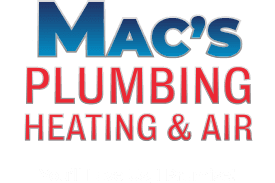When you defrost foods, you're trying to get them back to the state they were in before they were frozen. You want your food to be safe and healthy to eat, so you must know how to safely get rid of any harmful bacteria that might have started growing. In this article, we'll discuss how to defrost food properly, so you don't risk getting sick from eating something that wasn't fully cooked or thawed correctly.
Refrigerator Time
You should always thaw food in the refrigerator. Never use a microwave to defrost food because this can alter the texture and appearance of your food.
If a frozen raw meat product is accidentally thawed, it must be discarded or reprocessed (cooked to at least 165°F).
Frozen Food And Water
If you're in a hurry to thaw your frozen food, one of the best ways to do so is by immersing it in cold water. The water should be at least 3 inches deep, and the food should be submerged.
If you're thawing a large piece of meat or fish (such as a whole turkey), you may want to put it in an ice-water bath for about 30 minutes before putting it into your refrigerator's main compartment. This will help cool down any bacteria that could develop when the meat sits on top of other items in your fridge rather than being surrounded by ice cubes.
What Does This Have To Do With Plumbing?
Okay, we know this may seem like an odd angle for a plumbing blog, but here we are on this next part. Do not defrost your foods in warm water from your sink! Now let us be clear, warm water is excellent for washing your dishes to eliminate stubborn stains and food build-up, but not for food.
The issue with hot water systems in many homes is that the heated water tends to interact with pipes with trace amounts of lead or other material from pipes that can fall off the heat. A proper water filtration system makes your hot water safe for cleaning. However, the issue arises in defrosting meats or food in porous containers. While you will not be in danger of defrosting food in warm water once, the issue arises in extended usage over time.
How To Stay Safe
Now we want to be clear that your hot water is not necessarily dangerous if you have had routine inspections on your plumbing on top of repairs recently. The issue tends to arise in older homes that lack new plumbing. We advise that any homeowner take the time to invest in a new whole-home water purification system that helps reduce the contaminants in their tap water.
On top of filters, ensure that you have your pipes inspected and your water heater! Old water heaters can have mineral build-up or corrosion that can have contaminants leak into your water, making your hot water not as safe over time. Thankfully the solution is typically a routine cleaning.
Mac's Plumbing, Heating & Air knows the ins and out of all your home’s plumbing needs, so give us a call today (916) 794-8884 to keep your plumbing happy !


